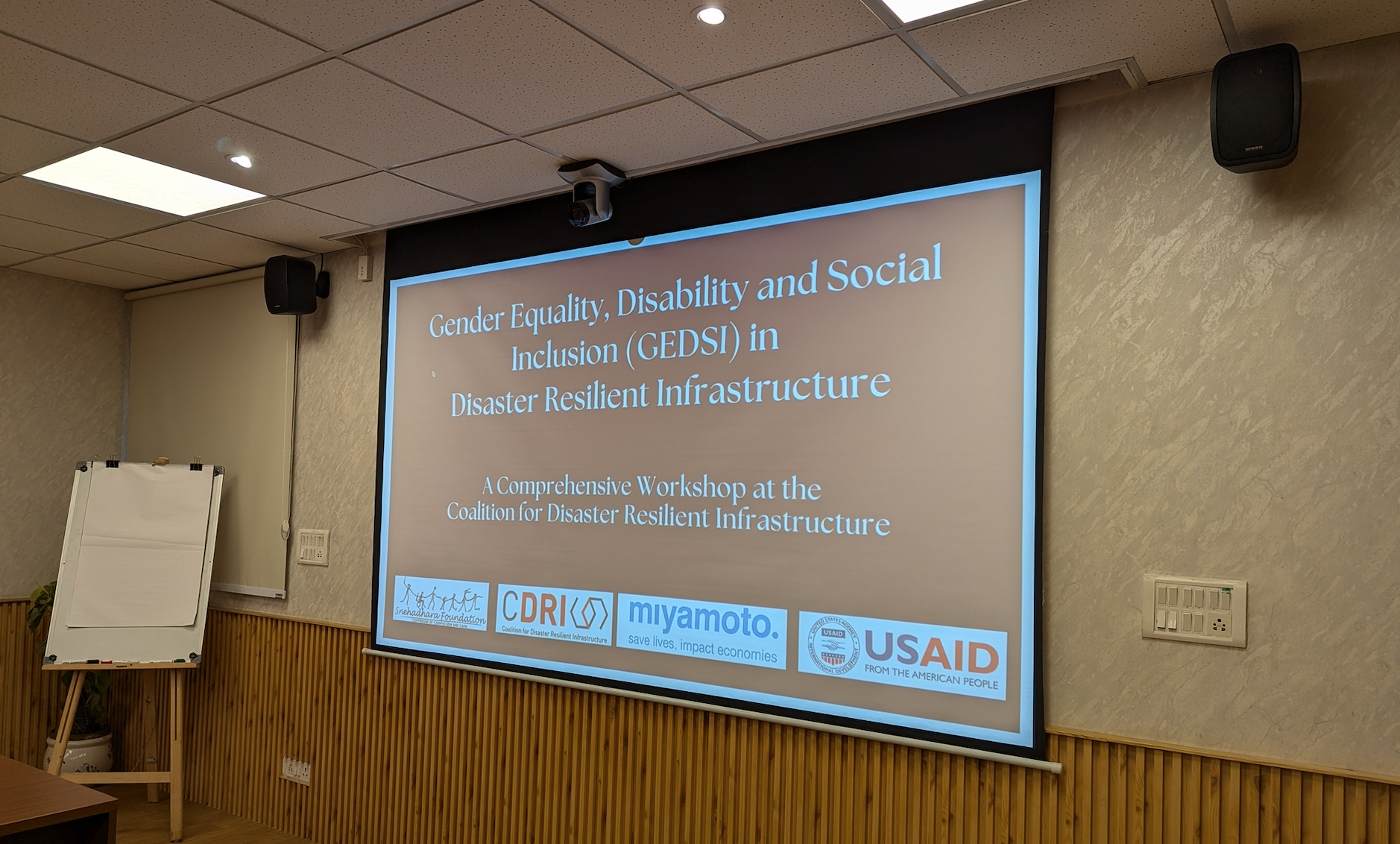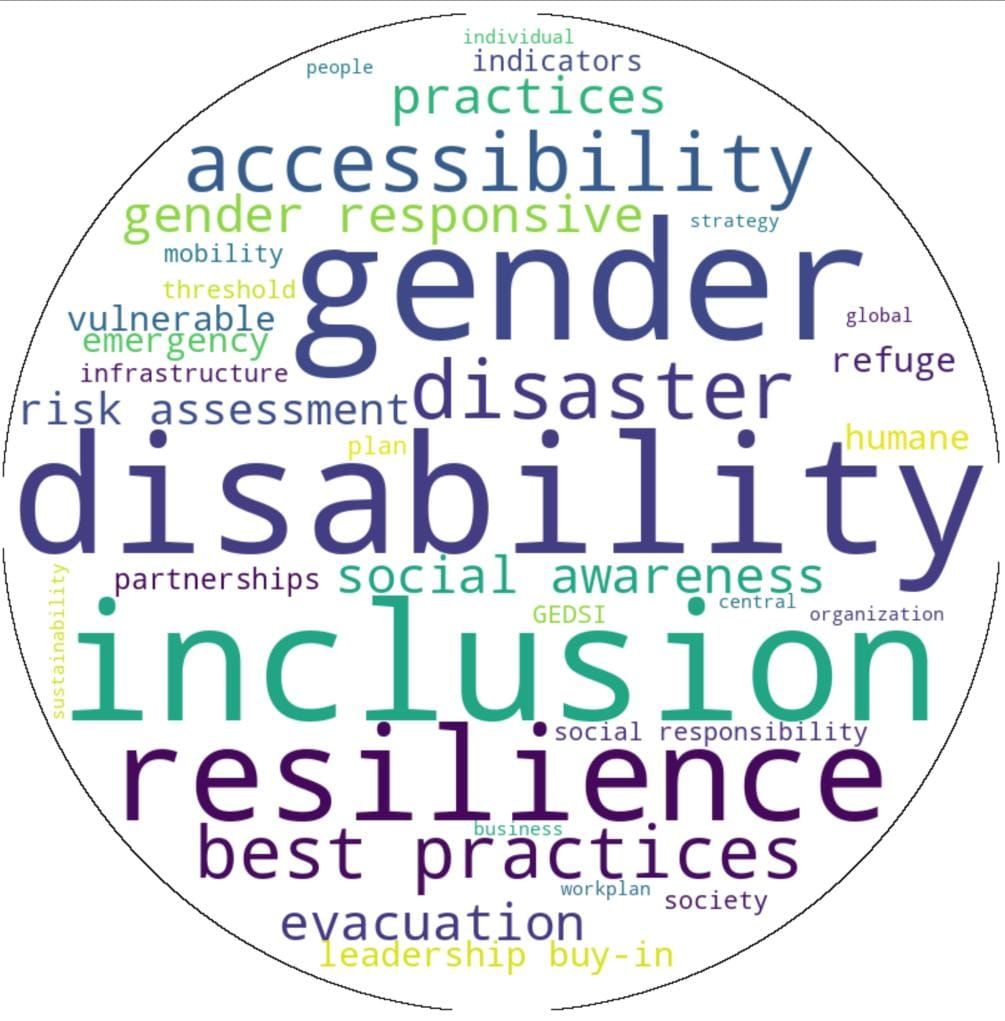In today’s world, where natural and human-made disasters are increasingly frequent and severe, the concept of resilience is more critical than ever. But what does it truly mean to be resilient? This question has guided our recent work with the CDRI Secretariat, where we’ve been examining the penetration points for GEDSI in the project and program lifecycle. Two key insights have emerged: what we consider “truly resilient,” and that “markers are where the misery lies.”

A system’s resilience is often measured by one question: how quickly can recovery happen? However, recovery isn’t just about rebuilding structures—it’s about restoring services, evacuating those in danger, and providing refuge to those displaced. Speed matters, but inclusivity matters more. A truly resilient system must not only recover swiftly but also ensure that recovery includes and prioritizes the most vulnerable.
When integrating GEDSI principles, the focus shifts from simply resuming services to ensuring those services are accessible to everyone. It’s not enough to rebuild roads if they don’t serve the communities most in need. It’s not enough to restore power if the disabled and elderly can’t access relief centres or resources promptly. Human assets—people, communities, and organizations—are the heartbeat of a resilient system. Every action, from evacuation to care provision, represents the pulse of recovery. Non-human assets, like infrastructure and technology, form the skeleton of resilience, providing the structural integrity needed for recovery. But this skeleton must be adaptive, inclusive, and designed to serve everyone, including those with disabilities.


Monitoring and evaluation (M&E) processes, along with key indicators, act as the nervous system of resilience, sending feedback loops that guide the system to improve. Indicators are the vital signs of resilience—they tell us if recovery is inclusive. Without M&E, we risk failing to embed GEDSI principles in disaster response and recovery. For instance, tracking how quickly women, children, people with disabilities can access essential services post-disaster becomes a marker of success—or failure.
The integration of GEDSI in disaster resilience isn’t just a box to check—it’s essential for creating systems that work for everyone. Inclusion must be the foundation of resilience. The resilience of our systems will be judged not just by how quickly they recover, but by how well they serve everyone.
Great to see the CDRI Secretariat taking the lead on this one. Let’s keep sharpening where needed and stay on course.


